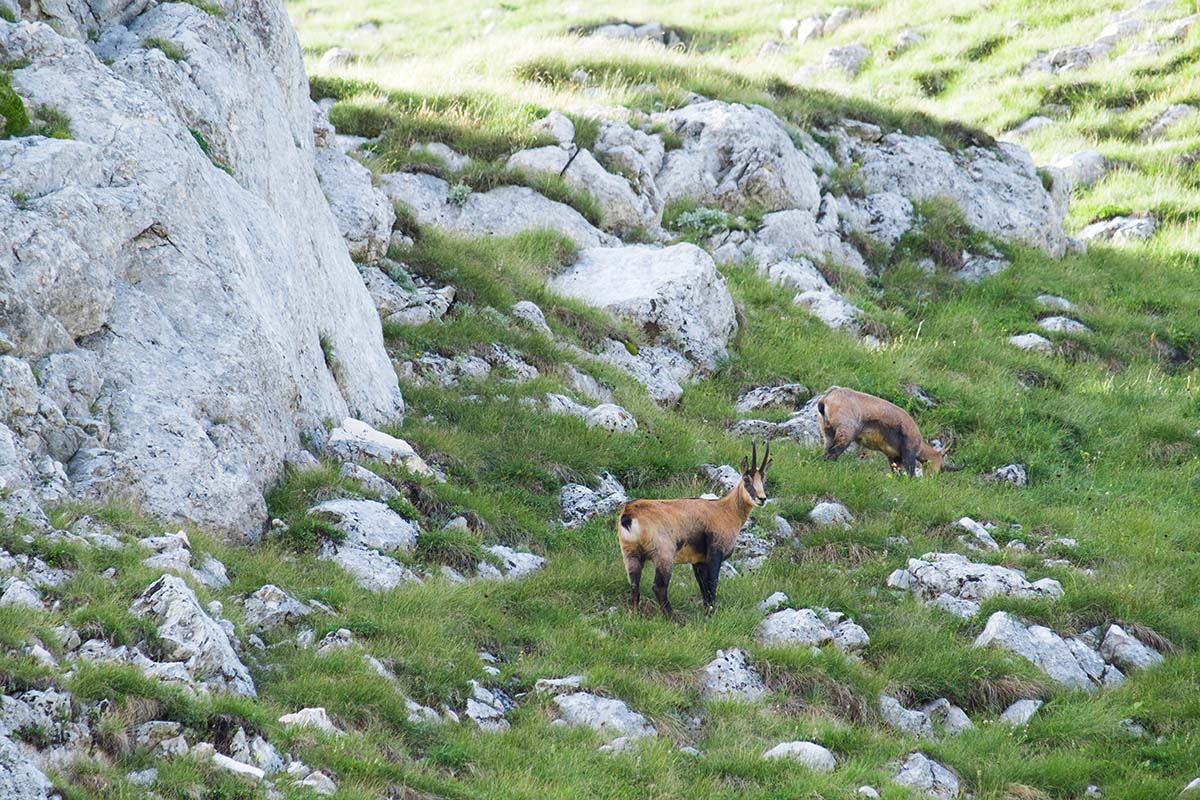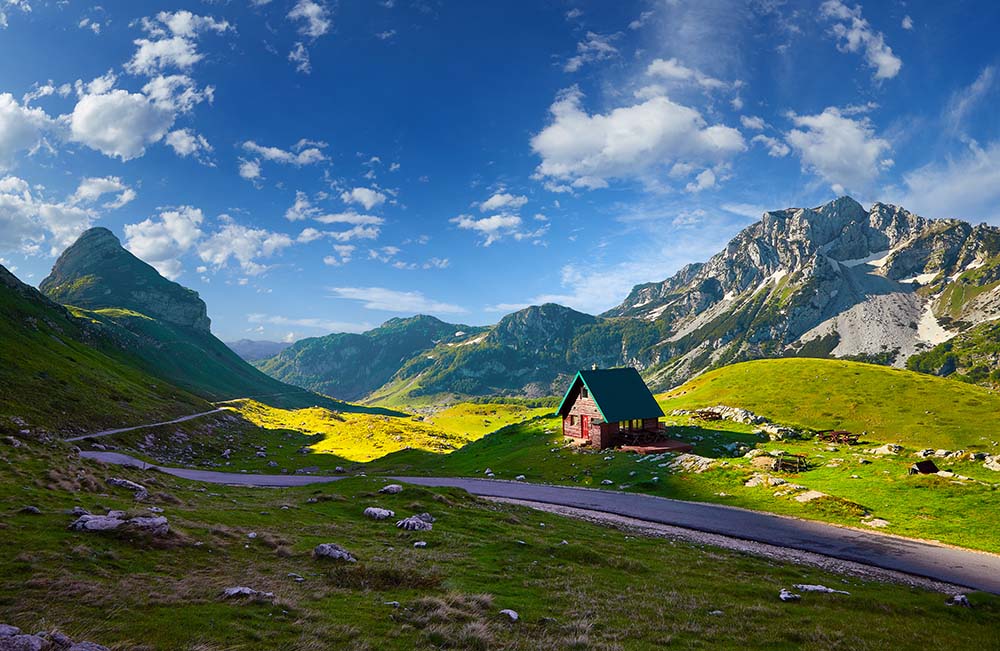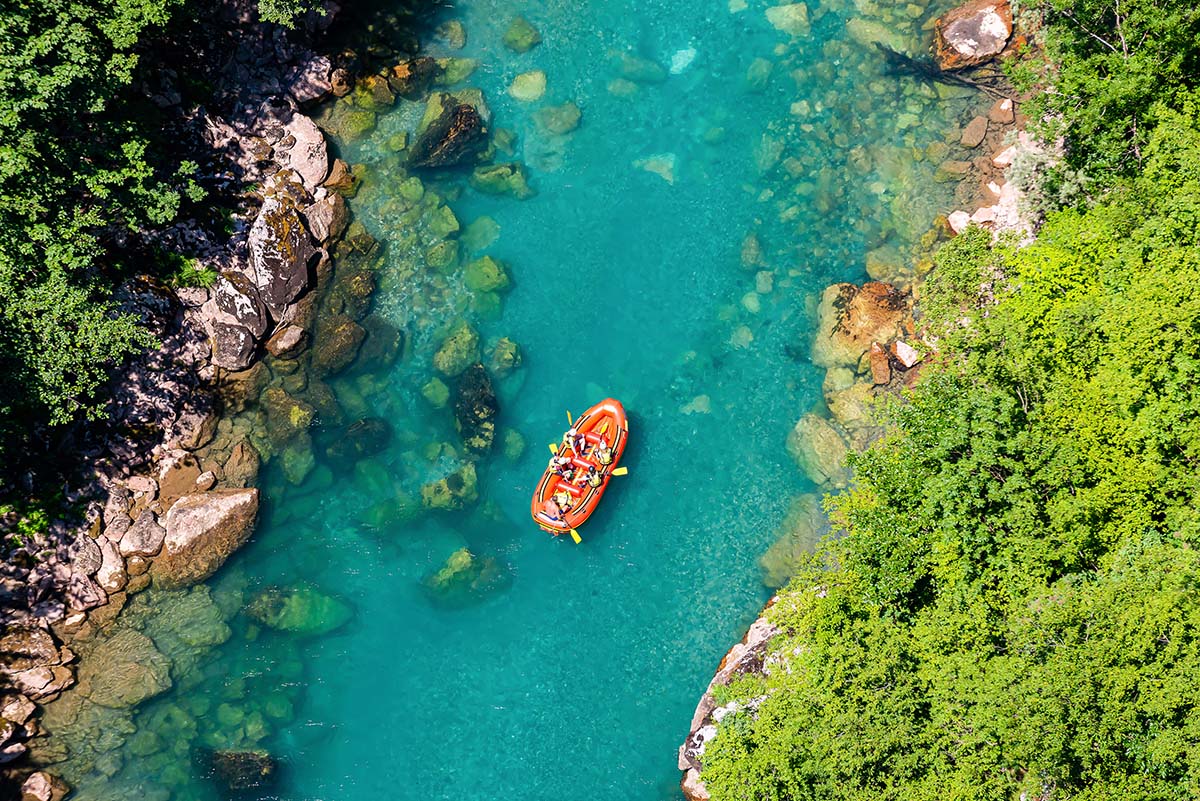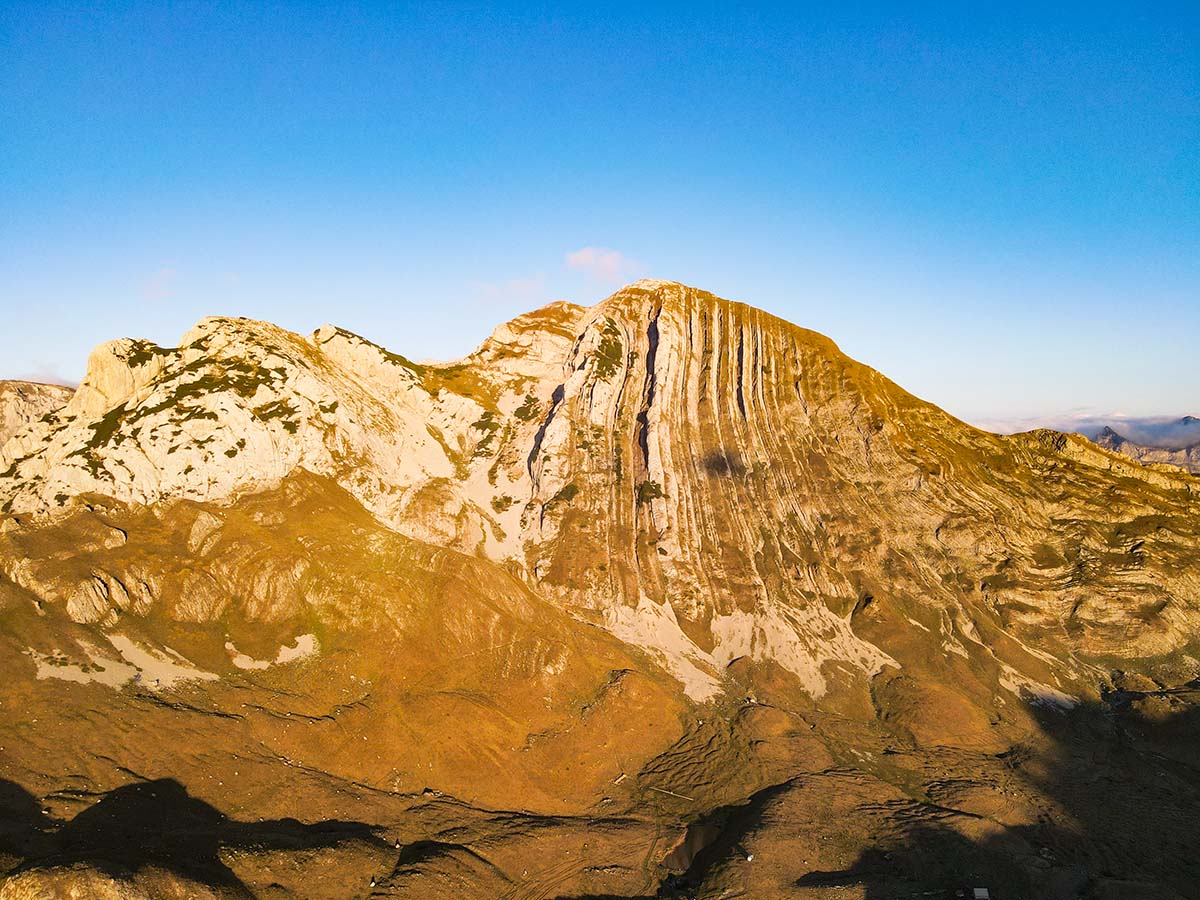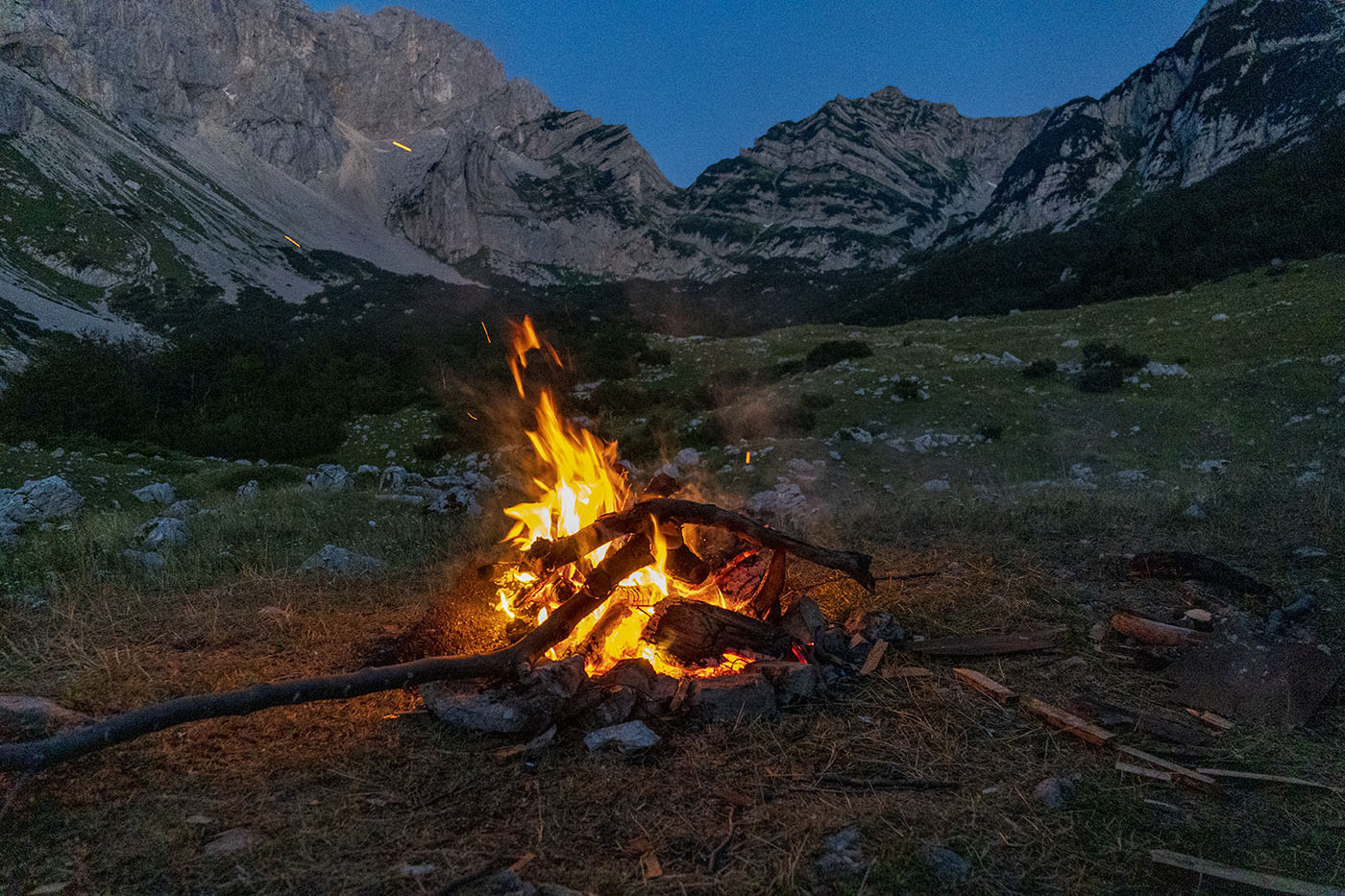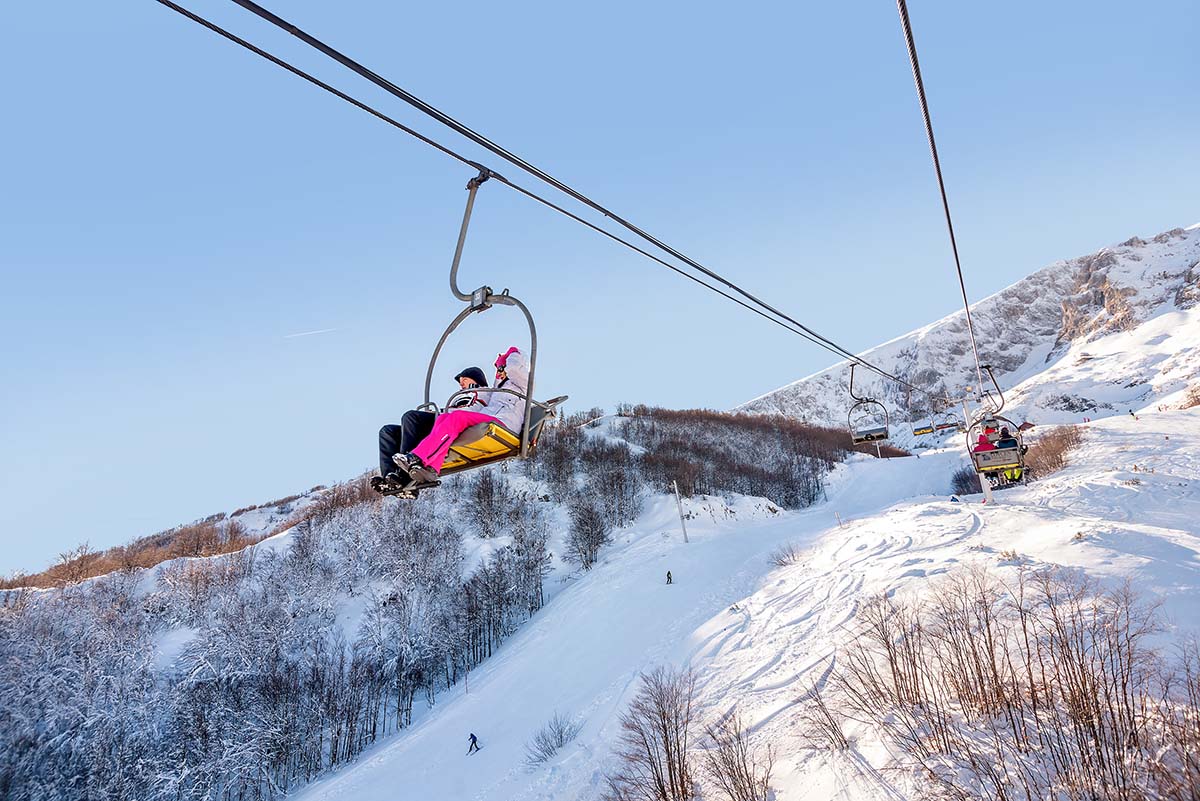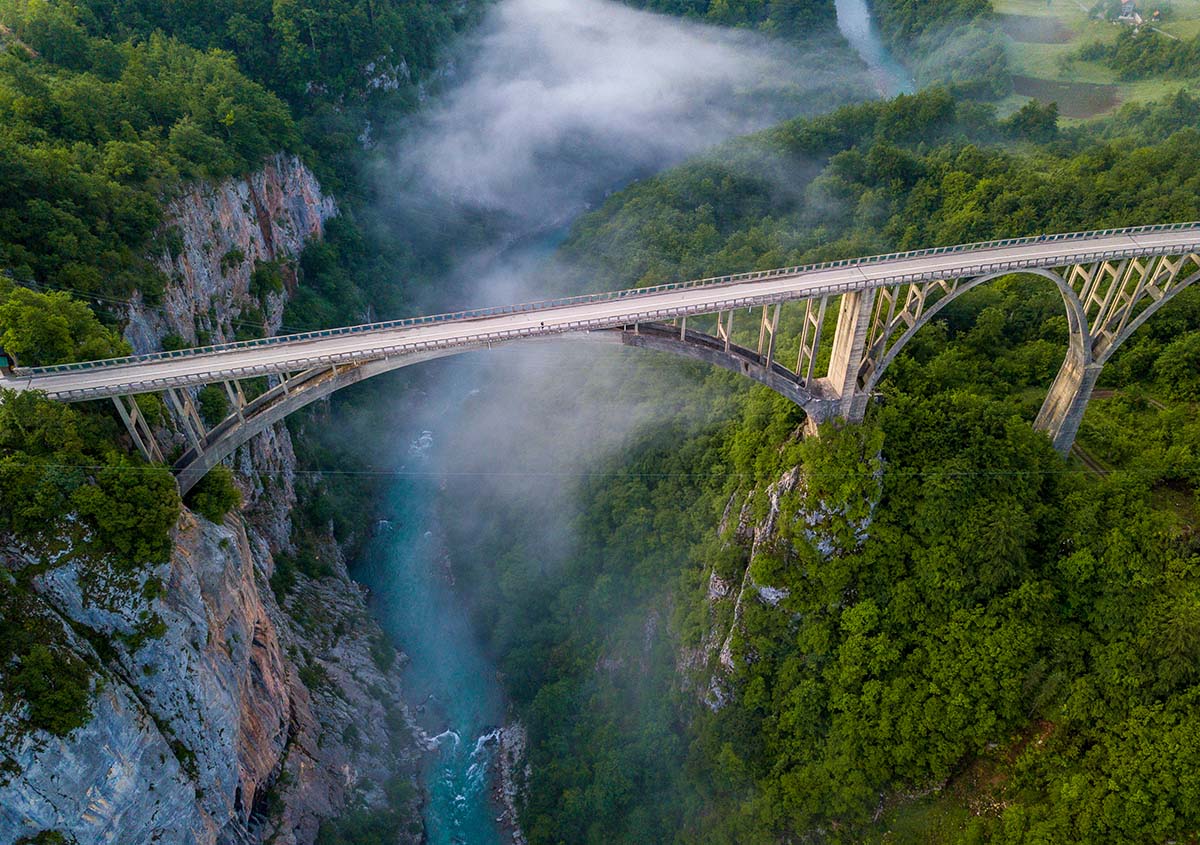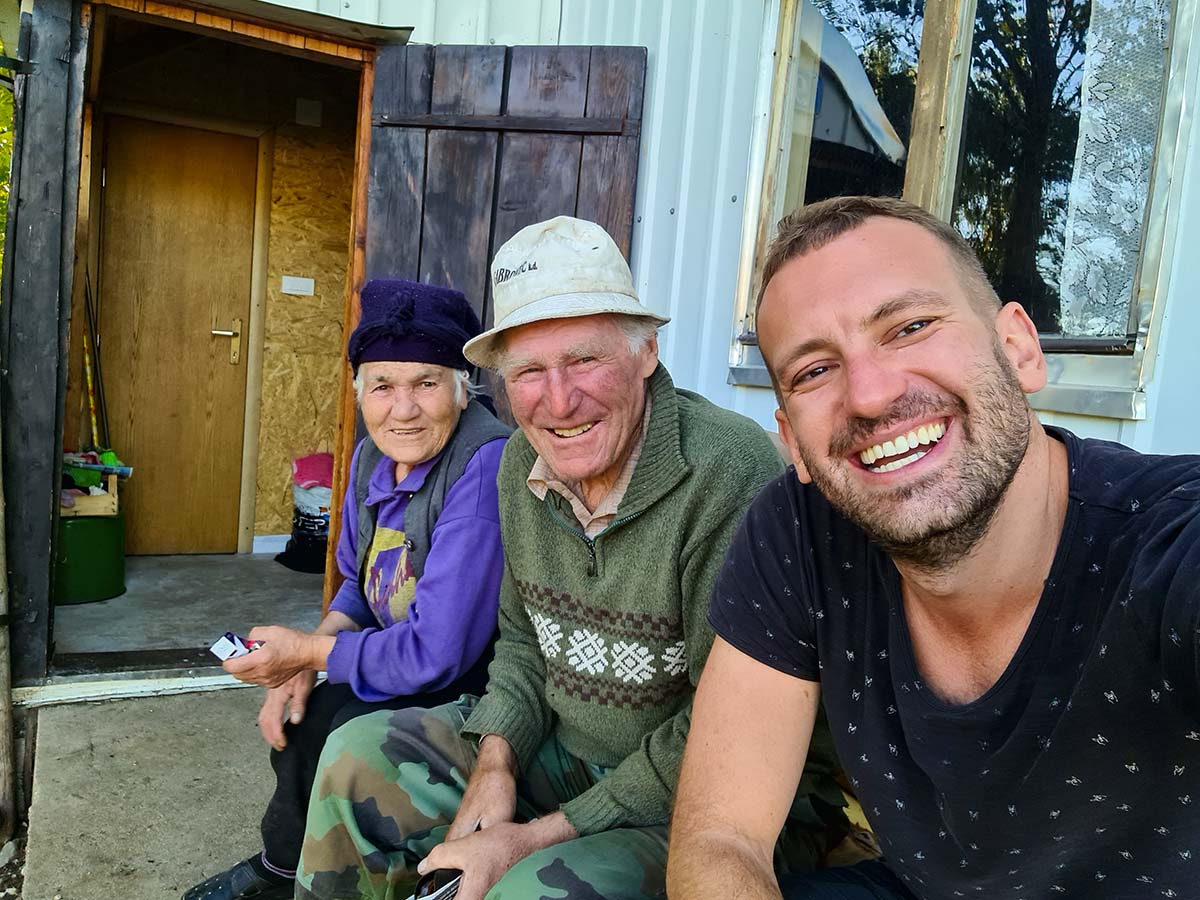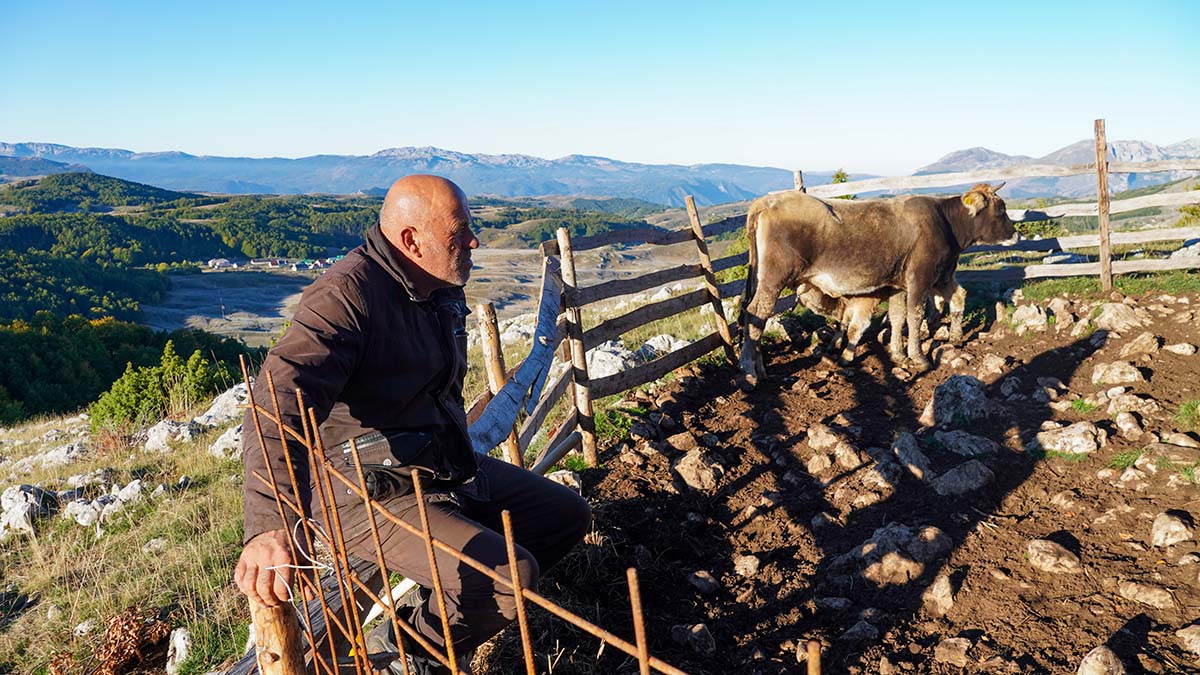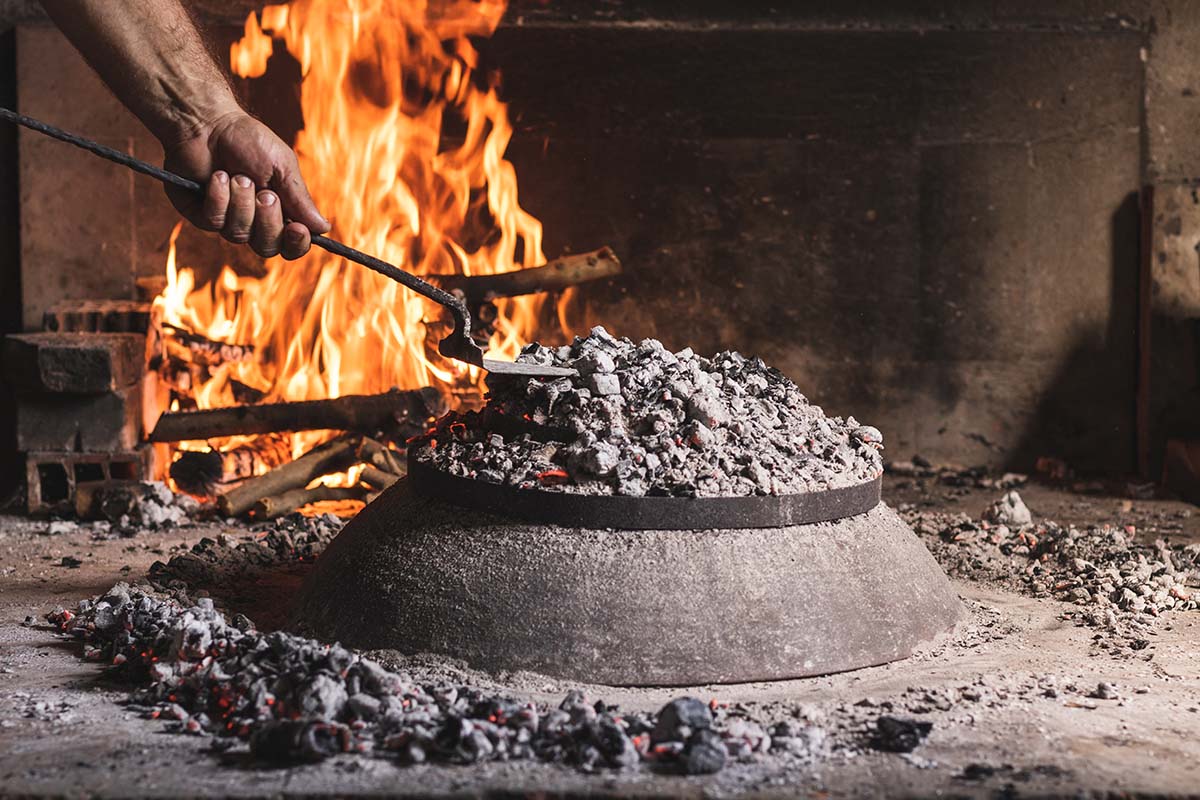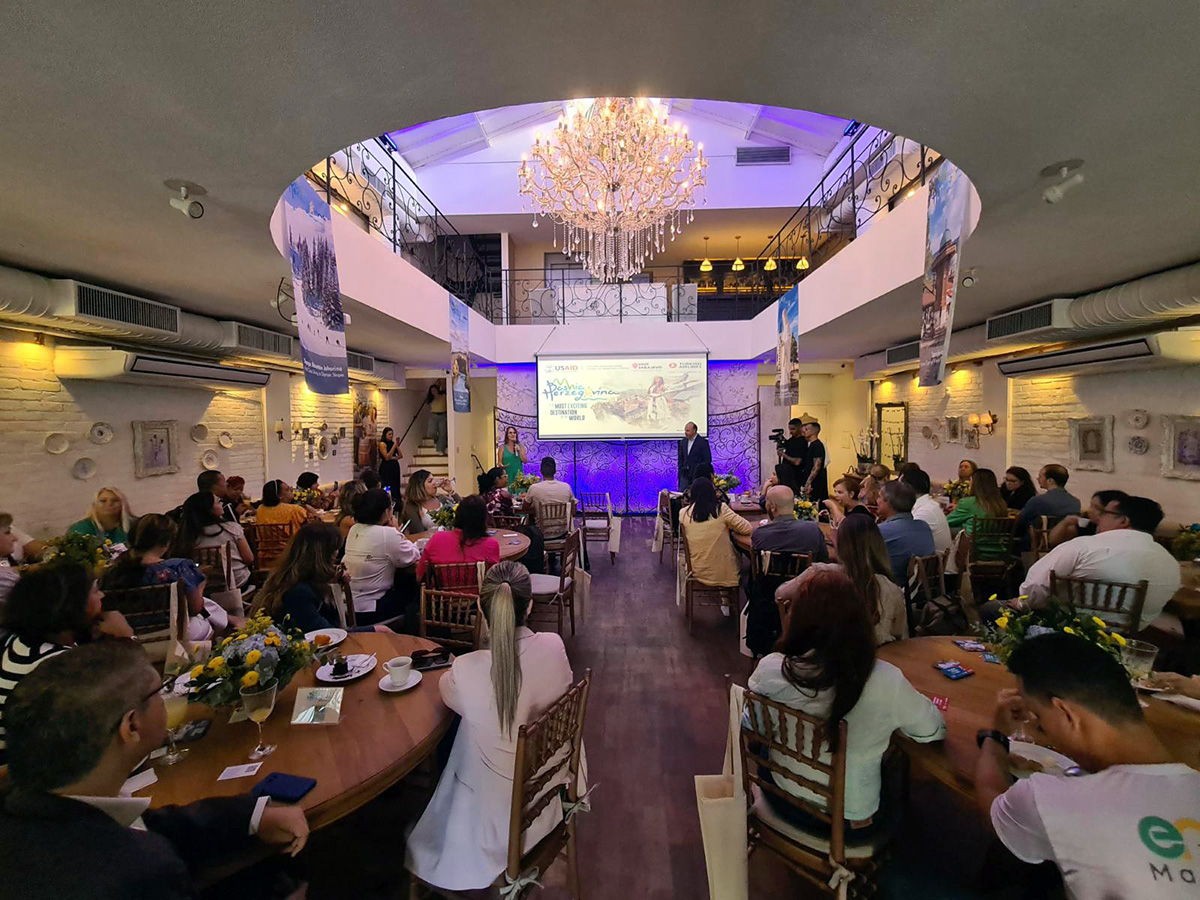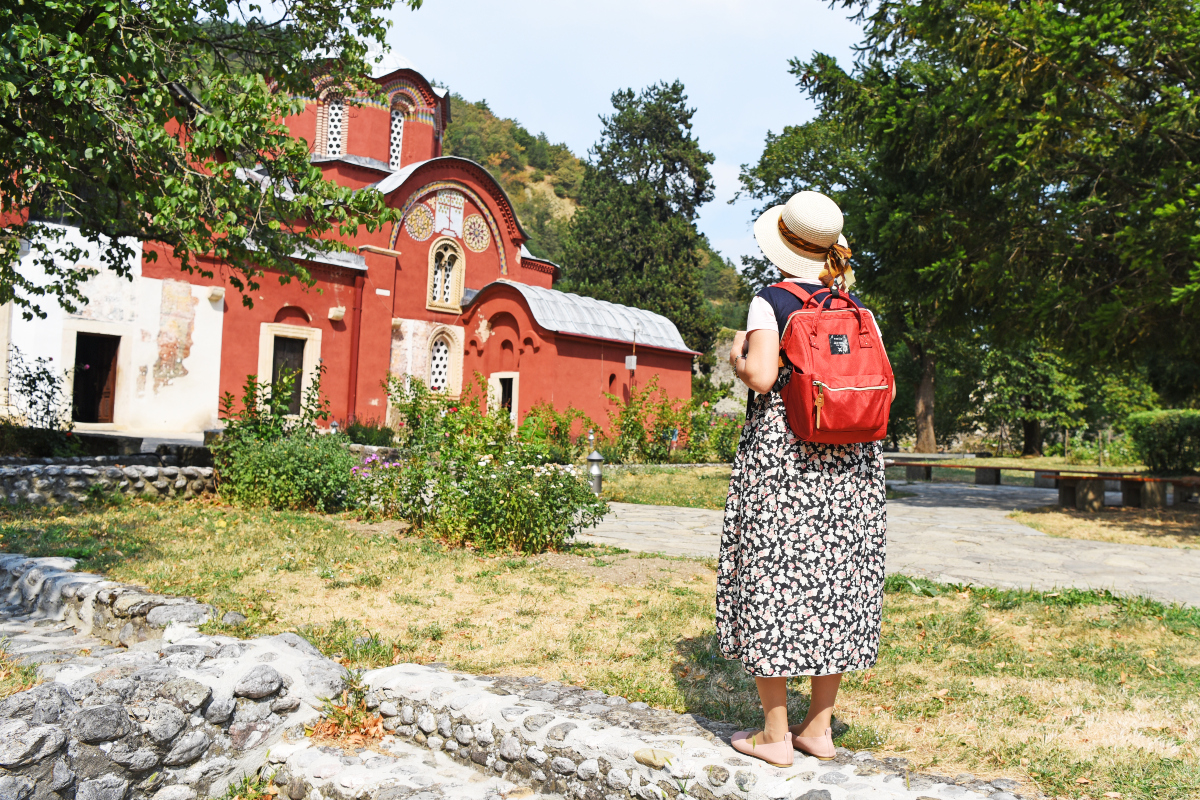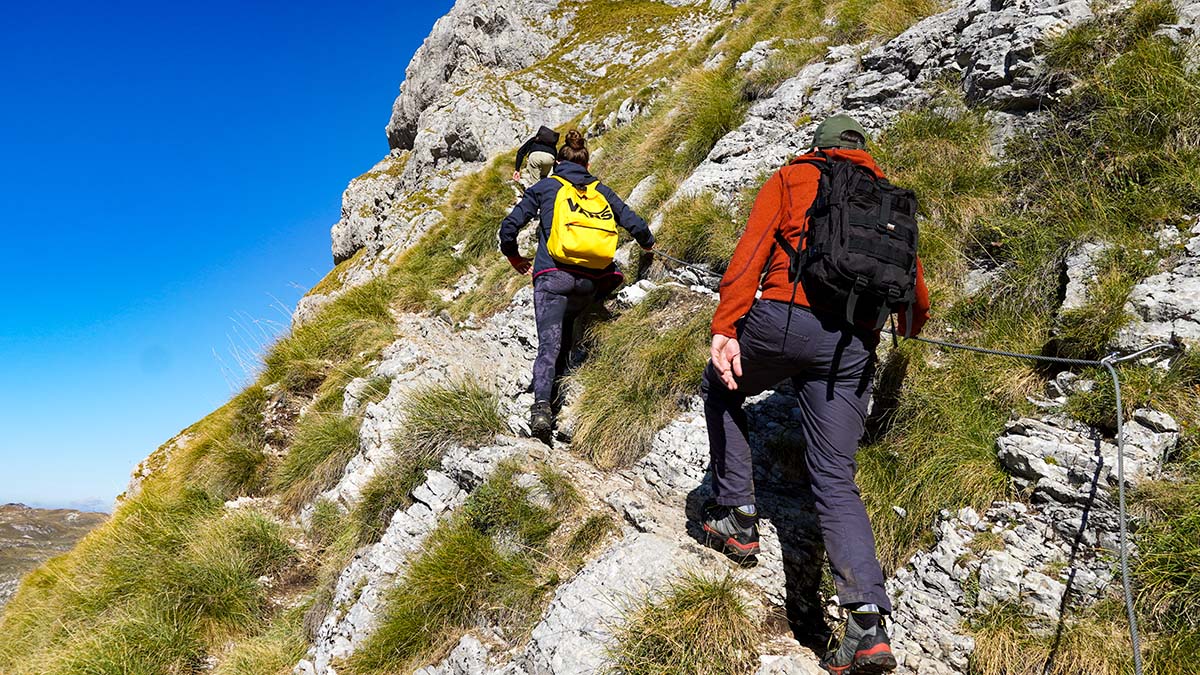“The most important thing to do and see when visiting Montenegro, is to visit Durmitor National Park and it’s wider area!”
Of course, everyone knows that Montenegro is recognizable for its beautiful beaches, full of people bathing in the sun and the turquoise Adriatic Sea that leaves you breathless. Also, Montenegro is known for its diverse historical heritage, delicious wines and luxury marinas.
But, it is quite rarely known that the mix of natural beauty, cultural heritage and hospitality of local highlanders is rarely to be found as it can be found on the cliffs, rocks and valleys of Durmitor.
In this article we will reveal only a small number of reasons why you should visit Durmitor National Park and have time of your life.


